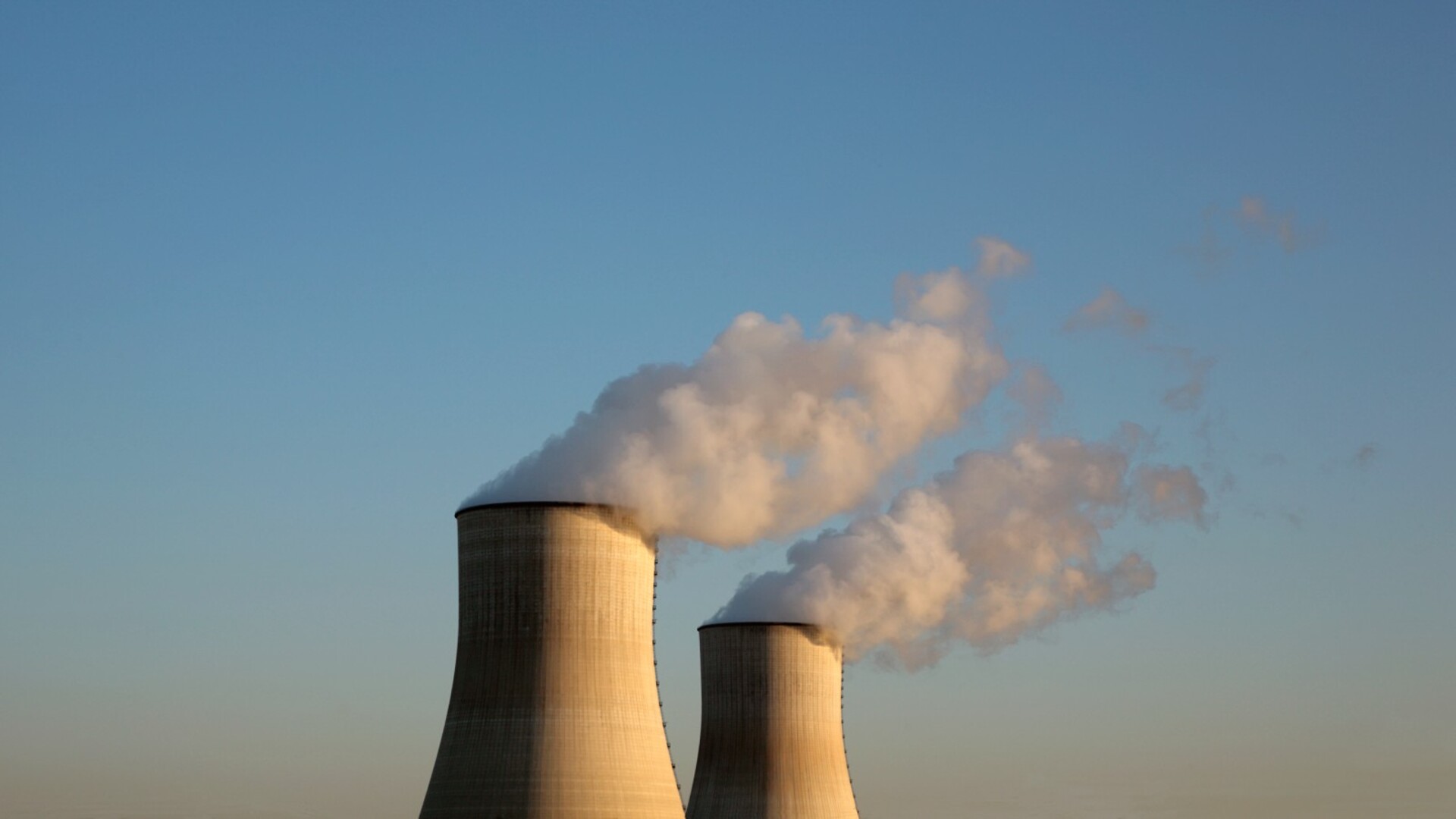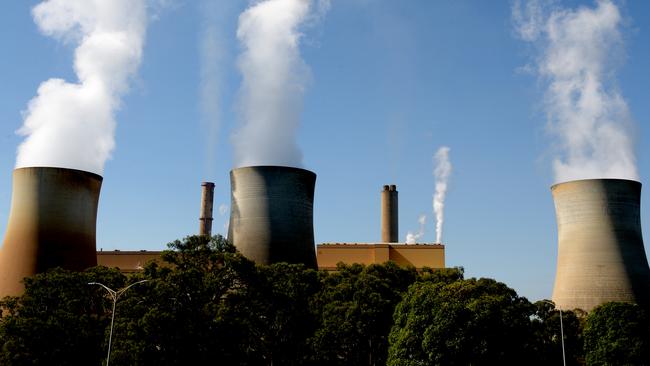Sweating, ageing coal generators risks price spikes, power stability
Proposals to keep Australian coal generators working past their retirement age risks access to affordable power supply, new research shows.

Environment
Don't miss out on the headlines from Environment. Followed categories will be added to My News.
As the coal fleet ages, old power stations forced to continue operating could lead to electricity supply shortfalls and result in higher prices for Aussies amid a cost-of-living crisis.
When generators near retirement, their reliability greatly deteriorates as 34 per cent of their capacity is rendered unavailable on average, based on the historical experience of plants as revealed in new research conducted by the institute for Energy Economics and Financial Analysis.
In effect, this means extending the operation of Australia’s coal-fired power plants will lead to increased risk of power supply shortfalls due to their deteriorating reliability.
To cover for these occurrences, which will require bandaid solutions on short notice, large amounts of gas will be needed.
This would then exacerbate gas supply shortages and will cause major power price spikes, the report warns.

“Since 2000, 13 coal-fired power stations have closed in the NEM, totalling 8 gigawatts of capacity. Their average age upon closure was 42 years,” IEEFA Australian Electricity Lead Analyst Ms Bowyer said
“The average availability of these power stations in the 10 years before they retired was quite poor, at 66 per cent on average. That means that on average, 34 per cent of a plant’s capacity was unable to produce power.”
Peter Dutton’s nuclear energy plan would require coal plants to continue operating until his fleet of nuclear generators are completed, to the concern of multiple coal plant owners.
Modelling on the viability of extending the life of existing power plants by Frontier Economics, used by the Opposition Leader to underpin his nuclear energy costing, used “unrealistic” efficiency estimates, according to IEEFA research.

“Proposals that extend the life of existing coal power plants need to account for the fact that such old plants are likely to be far less reliable than they used to be, but this is often neglected,” Co-author Tristan Edis said.
“For example, Frontier Economics modelling of a strategy to delay the retirement of coal power plants assumed those coal power plants could achieve utilisation … of 72-81 per cent over the mid 2030s to mid 2040s,” Mr Edis said.
“This appears to be unrealistic given the experience of plants nearing retirement.
“If you were to assume more realistic utilisation … you’d see a substantial shortfall in generation from coal …(that) is equivalent to around 2 million typical households without power.”
Moreover, analysts found Australia’s ageing coal power plants had been afflicted with serious safety issues, with fires at Hazelwood, Yallourn, Morwell and Northern, and technical issues leading to dangerous explosions at Muja AB, Yallourn, Hazelwood and most recently Callide C.
Originally published as Sweating, ageing coal generators risks price spikes, power stability




